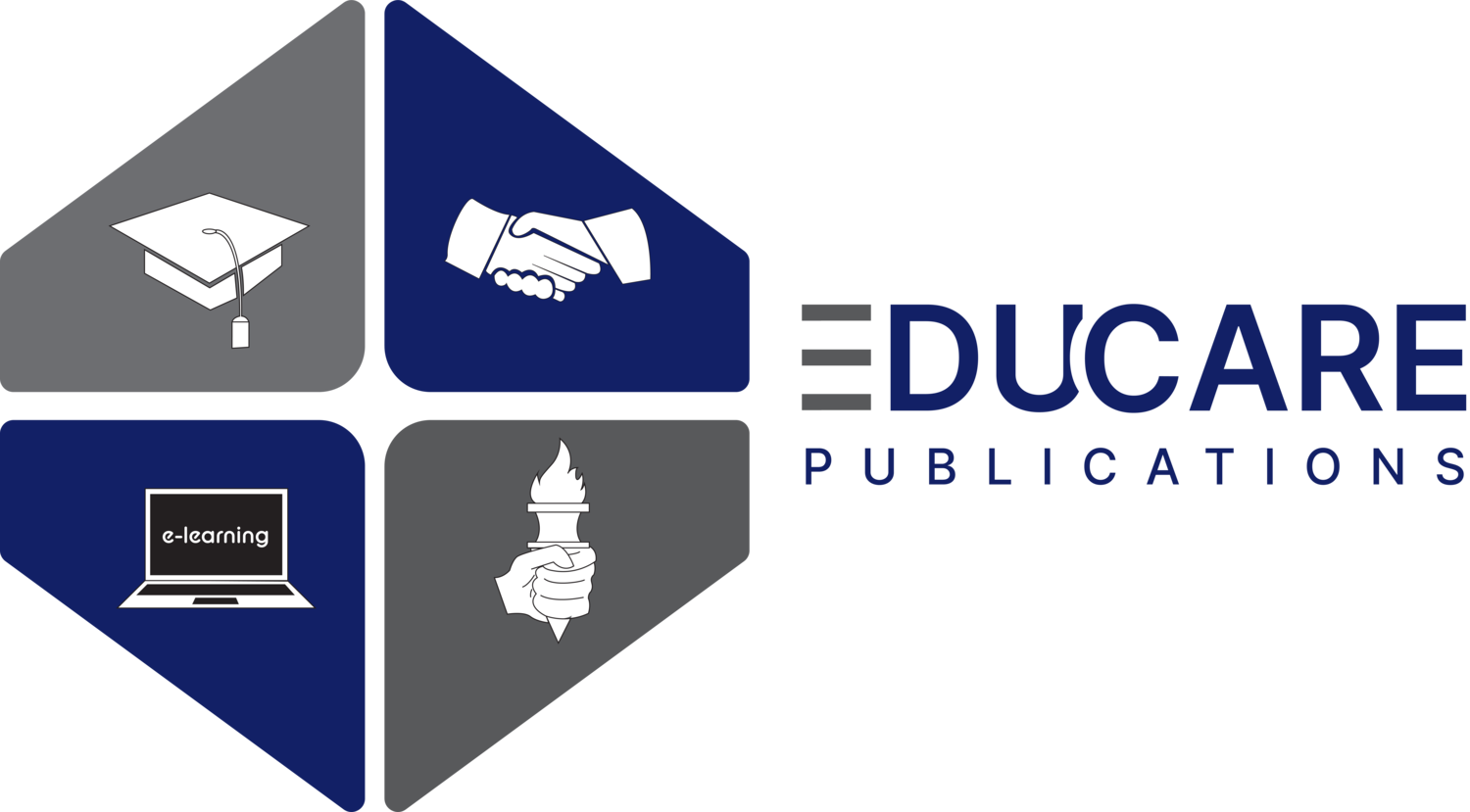Exploring Different eBook Formats for Self-Publishing
In the digital age, self-publishing has become an accessible and lucrative option for aspiring authors. One of the key considerations in the self-publishing process is choosing the right eBook format. With numerous formats available, each with its own advantages and limitations, it's crucial to understand the differences and make an informed decision. In this blog, we will explore some popular eBook formats and their suitability for self-publishing.
EPUB
EPUB (Electronic Publication) is widely regarded as the standard eBook format. It offers a flexible and reflowable layout that adapts to different devices and screen sizes, making it ideal for most e-readers and tablets. EPUB supports rich multimedia content, interactive elements, and advanced formatting options. It also allows authors to protect their work with DRM (Digital Rights Management). EPUB files are compatible with major platforms like Amazon Kindle, Apple Books, and Kobo, ensuring a wide reach for self-published authors.
MOBI
MOBI (Mobipocket) is a popular eBook format mainly used by Amazon Kindle devices. While MOBI files have similar features to EPUB, they have some differences in terms of formatting and layout. MOBI files support features like annotations, highlights, and bookmarks, making them suitable for readers who prefer these functions. However, MOBI files may have limited compatibility with non-Kindle devices. To reach a wider audience, authors can convert their EPUB files to MOBI using conversion tools or publishing platforms like Amazon's Kindle Direct Publishing.
Portable Document Format (PDF) is a versatile file format commonly used for documents, including eBooks. PDF files retain the exact layout and formatting of the original document, making them ideal for books with complex designs, illustrations, or fixed layouts. PDFs can be read on various devices, including e-readers, tablets, and computers, using PDF readers. However, PDFs lack the reflowable layout and dynamic features of EPUB and MOBI, which may result in a less optimized reading experience on smaller screens.
Conclusion
Choosing the right eBook format is a crucial decision for self-published authors. EPUB, MOBI, and PDF are popular options, each with its own strengths and limitations. Authors must consider factors such as target audience, desired features, and compatibility when selecting the format that best suits their work. By understanding these formats, authors can effectively showcase their creativity and reach a wider readership in the digital publishing landscape. Which eBook format do you believe best suits your self-publishing goals and why?
